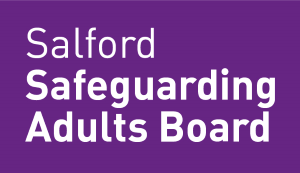Stalking and Harassment
What is Stalking?
Stalking can have a devastating impact on victims. Stalking is described by the Police and Crown Prosecution Service as:
"a pattern of unwanted, fixated and obsessive behaviour which is intrusive. It can include harassment that amounts to stalking, or stalking that causes fear of violence or serious alarm or distress."
Stalking can include a range of behaviours, not all of which are criminal in isolation. If the behaviour is persistent and clearly unwanted, causing fear, distress or anxiety then it is stalking.
Stalking or Harassment?
Harassment
- is unwanted behaviour which you find offensive or which makes you feel intimidated or humiliated
- tends to focus on a dispute rather than a fixation with a person
Stalking
- A pattern of unwanted, fixated and obsessive behaviour which is intrusive and causes fear of violence or serious alarm or distress
- Stalking focuses on a person rather than a dispute
Examples of stalking behaviours:
- Following a person
- Contacting, or attempting to contact, a person
- Publishing statements or material about the victim
- Monitoring the victim including online
- Loitering
- Interfering with property
- Watching or spying on a person
- Regularly sending unwanted gifts
Cyberstalking
Stalking or harassment can take place on the internet and via other technologies. This is sometimes known as "cyberstalking". This can include the use of social networking sites, email, chat rooms and other forums facilitated by technology.
Consider the stalking mnemonic F.O.U.R. Are the behaviours...
- Fixated
- Obsessive
- Unwanted
- Repeated
Who does it affect?
- Over half of all victims have not been in a relationship with the person who is stalking them
- The impact of the behaviour can have a devastating effect
- Victims may make changes to their routines
- Friends or family members may also be affected
Stalking useful links and resources
Latest news
Details of all the latest news from Salford Safeguarding Adults Board.
